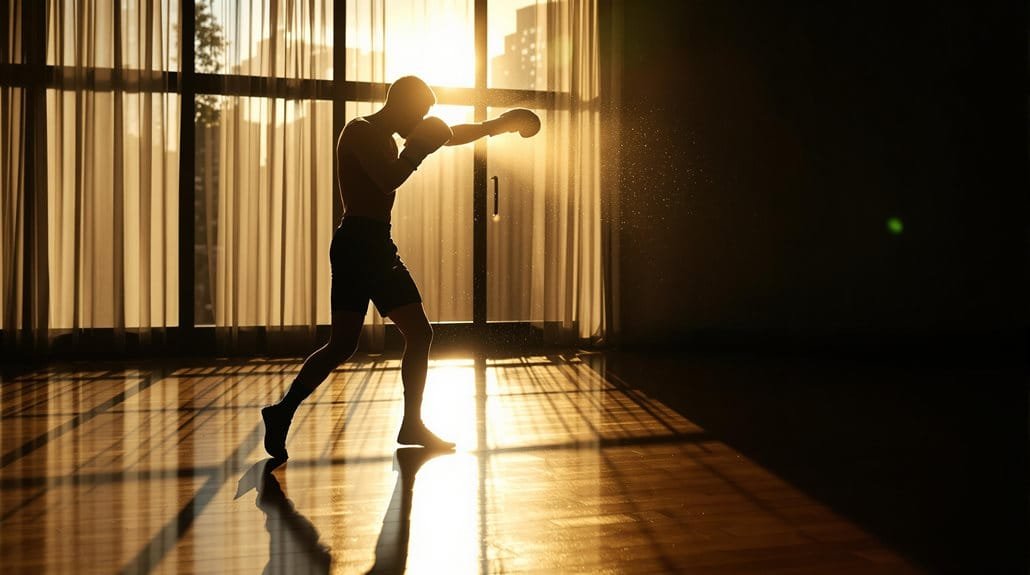If you are familiar with the martial arts world, you must have heard of Jeet Kune Do, aka JKD. It was created by none other than the legendary martial artist Bruce Lee in the 1970s; you know him, right? I mean, who doesn’t?
JKD is a bit different than the other traditional martial arts. The sole purpose of it is to prepare an individual for realistic fighting situations by keeping things simple by wasting no time and movement. JKD mainly focuses on achieving maximum effect with minimal effort and intense speed.
Now you might be wondering, does jeet kune do have belts or not? Well, Yes and No! Some practitioners believe that Jeet Kune Do do not use belts, while others maintain that belts are an important part of the practice.
Table of Contents
How many belts are there in Jeet Kune Do?
Let’s now learn about the Jeet Kune Do belt order in brief. But before that, do you know that the modern belt system in martial arts was established only around a century ago?
In 1883, Master Jagoro Kano, the founder of Judo, initially introduced two belts, white and black. White was for the students, and black for the masters/experts.
Based on Master Kano’s idea, between the 1930s and 40s, a European martial artist introduced the colored belt system consisting of black, white, yellow, green, orange, red, etc. colors. This idea/system was then adopted by Karate, Taekwondo, Aikido, Brazilian Jiu-Jitsu, and many more martial arts.
What is the reason behind awarding these belts to fellow students? The main purpose is to represent the ranking and progress of him/her in that particular art. And, of course, to motivate them. However, practitioners from different martial arts still oppose the idea of the belt system altogether, and JKD is no different.

The Belt Ranking System
Is the Jeet Kune Do belt ranking system different from the others? Firstly, we must understand that JKD is not about trophies or belts; instead, it is about survival, and it is more a philosophy and way of living and thinking than anything else!
JKD is a mixed martial art that consists of many elements from Wing Chun Kung Fu, boxing, fencing, and street fighting. For your information, JKD is actually considered the first mixed martial art! This art mainly focuses on techniques effective in real fighting situations, whereas traditional martial arts usually utilize stylized patterns or focus on sports sparring methods.
The basic principles of JKD are Simplicity, Directness, and Freedom. Bruce described Jeet Kune Do as “The art of fighting without fighting.” Another core belief of JKD is that the best defense is a strong offense. In MMA fights, you might get banned if you apply some of the moves from JKD.
Jeet Kune Do is translated as “The Way of the Intercepting Fist”; now, what does that mean? Let’s get the explanation from the creator of JKD itself,
Jeet means ‘to stop, to stem, to intercept,’ while Kune means ‘fist’ or ‘style,’ and Do means ‘the way’ or ‘the ultimate reality.’ In other words–‘The Way of the Intercepting Fist.’ – Bruce Lee
There are differences of opinion when it comes to JKD belts; the majority of JKD practitioners oppose the idea of belts, whereas some think it is necessary, and they develop a ranking system with colored belts, like the other traditional martial arts.
Some schools use symbols on their uniforms to designate the student’s position. In some schools, your level will depend on how much time you have spent on your training. And in some schools, you will be judged on your actual skill in JKD and be permitted to learn advanced moves.
The schools that offer colored belts usually follow the footsteps of the traditional martial arts, so there are nine belts: white, yellow, orange, green, blue, purple, red, brown, and black.
We have to keep an important note in mind that Bruce Lee never intended to give any belt to his students. His motto was to open their eyes and make them realize that they can express themselves freely and that they don’t have to be bound to some already set techniques.
The Jeet Kune Do Grading System
Then how did the Jeet Kune Do grading system work during Bruce Lee’s time? Was there anything equivalent to belts back then? Well, Bruce had a grading system of levels 1,2,3. There is a rumor that there was also a level 4.
He also gave certificates to his students who attended his classes. Bruce appointed three of his students to teach JKD: Daniel Arca Inosanto, Taky Kimura, and James Lee. After his death, these three students, along with others, made JKD more available to people, and eventually, two schools of thought within JKD emerged.
So, now, there are mainly two types within JKD practitioners, JKD Original and JKD Concepts; they differ in a few things. JKD original is more orthodox, and they tend to stick with Bruce Lee’s methods only. In contrast, JKD Concepts wants to add new moves to make it more effective by adopting new fighting techniques from other fields as well.
Both of these groups have valid reasons and arguments behind their stances. We better should not judge their intention and question their positions.


How long does it take to earn a black belt in Jeet Kune Do?
One of the frequently asked questions about JKD is, how long does it take to master Jeet Kune Do and earn the black belt? As we have already stated that the grading system in JKD is a bit complicated. Some schools offer belts, some judge students based on how much time did they spent learning, and some decide their position based on their skills.
According to the schools that offer belts, it might take five to six years of intense practice to reach the black belt from the white belt. However, if you ask about the duration for mastering JKD, that question is kind of absurd.
That’s because JKD is all about learning new methods and styles and adopting them, testing them to determine which one works the best, at least, that is what the philosophy of Bruce Lee teaches us.
What we can say is that it will take you more or less two years of intense practice to learn the techniques Bruce Lee taught; if you follow the JKD Original, then that’s it. After that, you will keep practicing those same moves again and again and getting better and better at them for the rest of your JKD life!
However, if you follow the JKD Concept, learning Lee’s moves is only the beginning; you will keep learning new techniques, adding or omitting moves, and improving yourself.
Conclusion
Jeet Kune Do is a great martial art that can help you learn self-defense. The different belts signify your progress in the art. You can get a belt in Jeet Kune Do by meeting the requirements and training hard.




